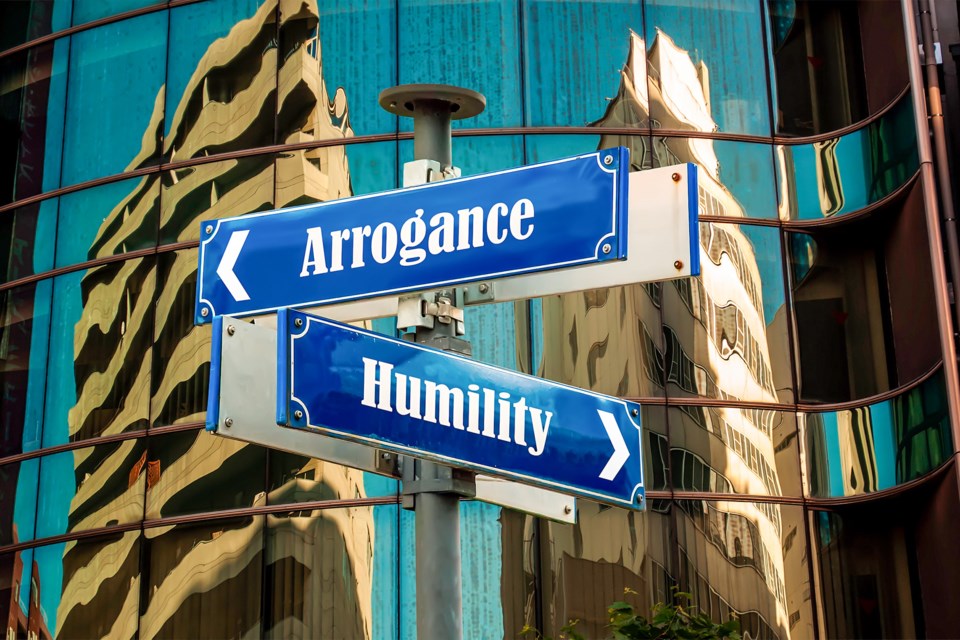I’m not sure who is handling public relations for the York Catholic District School Board but I’d strongly recommend a career change. At the end of May, members voted six to four not to fly the Pride flag, and a usually fairly dull and largely ignored meeting became a subject of national and even international discussion. Even Premier Ford was asked to intervene.
Thing is, it’s all largely symbolic. Canadian Roman Catholics tend to resemble Canadian non-Catholics on the issue of LGBTQ2 equality. In other words, they’re generally progressive. The days of Roman Catholics paying rapt attention to and obeying Church teaching are long gone. That also applies to Catholic schools and Catholic teachers.
Flying the Pride flag is extremely mainstream today, but particularly at schools it can make a genuine difference. It helps enable young people who are gay, or unsure of their sexuality, feel accepted and included. That matters deeply. Catholic opponents of the gesture, however, argue that it affirms a lifestyle opposed by their church. That’s a point worth considering.
The Catholic catechism does state that, “homosexual acts” are of “grave depravity,” are “contrary to natural law,” and “intrinsically disordered.” The language is grimly harsh, and Pope Francis has often contradicted it in his statements. Still, the official position stands. Then there’s the reality. In the 2000 book The Changing Face of the Priesthood, Father Donald Cozzens estimates that as many as 58 percent of priests are gay, and that these numbers are even higher for younger priests. He and others writing on the subject claim that far from all of these men are celibate. It may not change the teaching but it does make the Catholic stance seem somewhat inconsistent to say the least.
Then there’s the Bible itself. Scripture is unclear about same-sex relationships. The Old Testament mentions them only a handful of times, never refers to lesbianism, and doesn’t use the word “homosexuality” because it wasn’t coined until the late 19t-century. Jesus doesn’t speak of it at all, and when St. Paul condemns certain sexual activities, he’s referring to straight men using boys for sexual gratification —probably during pagan rituals— rather than loving, lasting partnerships between two people made in the image of God. What does permeate the Gospels and the life of Jesus is transforming love, the rejection of judgement, and the inclusion of those previously rejected.
This latest controversy is hardly unique, and there have been cases of Catholic schools refusing to include gender identity and gender expression in their codes of conduct, and bussing students to anti-abortion rallies. Tonya Callaghan, a former Catholic-school teacher, wrote in her book, Homophobia in the Hallways, “Within Catholic schools, LGBTQ2 students are treated as though they have a disease that must be ‘cured,’ and LGBTQ2 teachers who are not adept at hiding their sexual orientations are sometimes fired from their jobs or, at best, harassed.”
That may not be the case in every school, but does lead to questions about the public funding of the Catholic system in this province. Its origins are to a large extent noble and good, allowing Roman Catholics, a minority who often faced discrimination, to be able to afford to educate their children according to their faith. But in Ontario the population is now more than 31 percent Catholic, 21 percent Protestant, with non-Christian religions growing steadily. The old dynamics of a struggling minority simply no longer exist. Canada has changed.
Quebec eliminated its Catholic and Protestant school boards in 1997, and in the same year Newfoundland held a referendum where the vote was in favour of stopping funding of all denominational schools. Manitoba stopped funding back in 1890, and because Nova Scotia, New Brunswick, PEI, and BC didn’t have Catholic school systems when they entered Confederation, the constitutional insistence didn’t apply.
So, it could be done. Whether it will be, with all of the legal, constitutional, and political consequences and complexities, is another issue entirely.
An end to the Catholic system would save money of course, especially at administrative levels where there is obvious duplication, but perhaps less than some assume — the same number of students will require the same number of teachers in the same number of schools. But we can be sure that decisions like that of the York board will only encourage demands to re-address why there is Catholic funding, and eventually the politicians will have to listen. Good Lord, just fly the flag — for all of the right reasons, and even some of the wrong ones.

